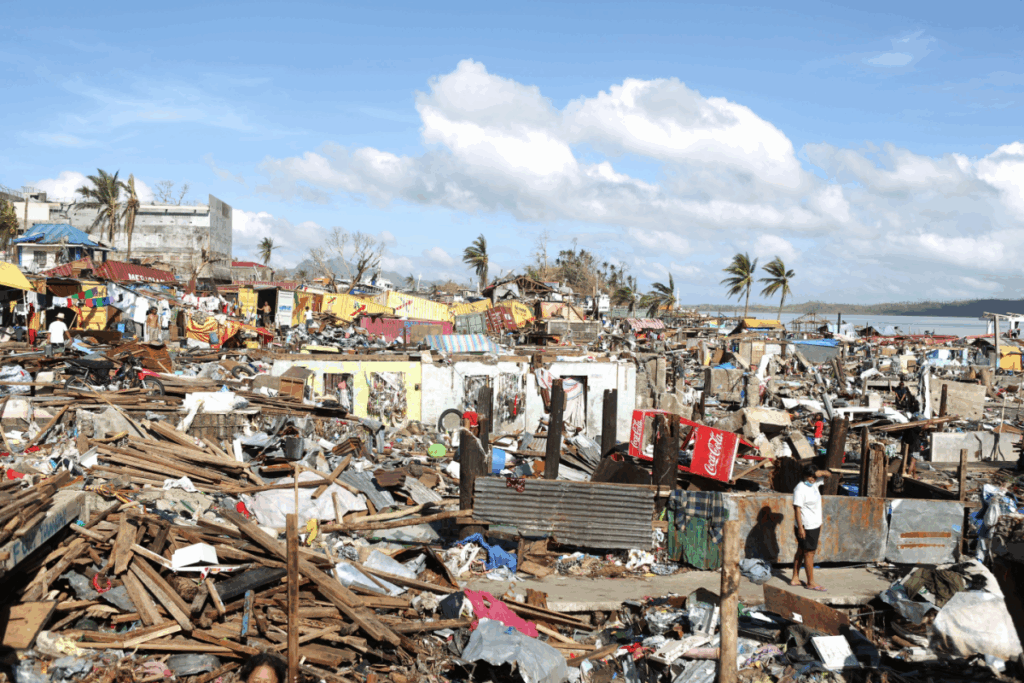Rising Death Toll in Cebu
At least 69 people have been confirmed dead and dozens more injured after a 6.9 magnitude earthquake struck the central Philippines late Tuesday. Cebu province, at the epicenter of the disaster, declared a state of calamity early Wednesday. Thousands of residents spent the night outdoors, fearing repeated aftershocks. Survivors described scenes of panic, with crying children and widespread power and water outages deepening the crisis.
Bogo Hit Hardest
The small town of Bogo bore the brunt of the destruction. Images from the area showed body bags lined along streets and emergency tent hospitals overflowing with patients. Local officials warned of extensive structural damage, with collapsed buildings, cracked roads, and downed bridges hampering rescue efforts. Power lines were also knocked out, making communication with affected areas difficult. Seven of the victims were living in resettlement homes built for survivors of Typhoon Haiyan, which devastated the region 12 years ago.
Ongoing Aftershocks and Rescue Efforts
Emergency services are prioritizing search and rescue operations while working to restore electricity and deliver aid. In San Remigio, nearly 20 people were injured when the quake struck during a basketball game, one of whom later died. The situation remains volatile, with a 4.7 aftershock rattling Bogo and nearby islands on Wednesday evening. Cebu’s archbishop urged residents to avoid churches until structural safety checks are completed after the partial collapse of a historic bell tower.
A Region Prone to Disasters
The Philippines sits along the Pacific “Ring of Fire,” a zone where tectonic plates collide and trigger frequent earthquakes and volcanic eruptions. Subduction of the Philippine Plate beneath the Eurasian Plate makes the region highly vulnerable to seismic activity. Combined with its position on the path of powerful typhoons, the country faces recurring natural disasters. Just weeks ago, tropical storm Bualoi and typhoon Ragasa killed more than a dozen people and forced mass evacuations.


